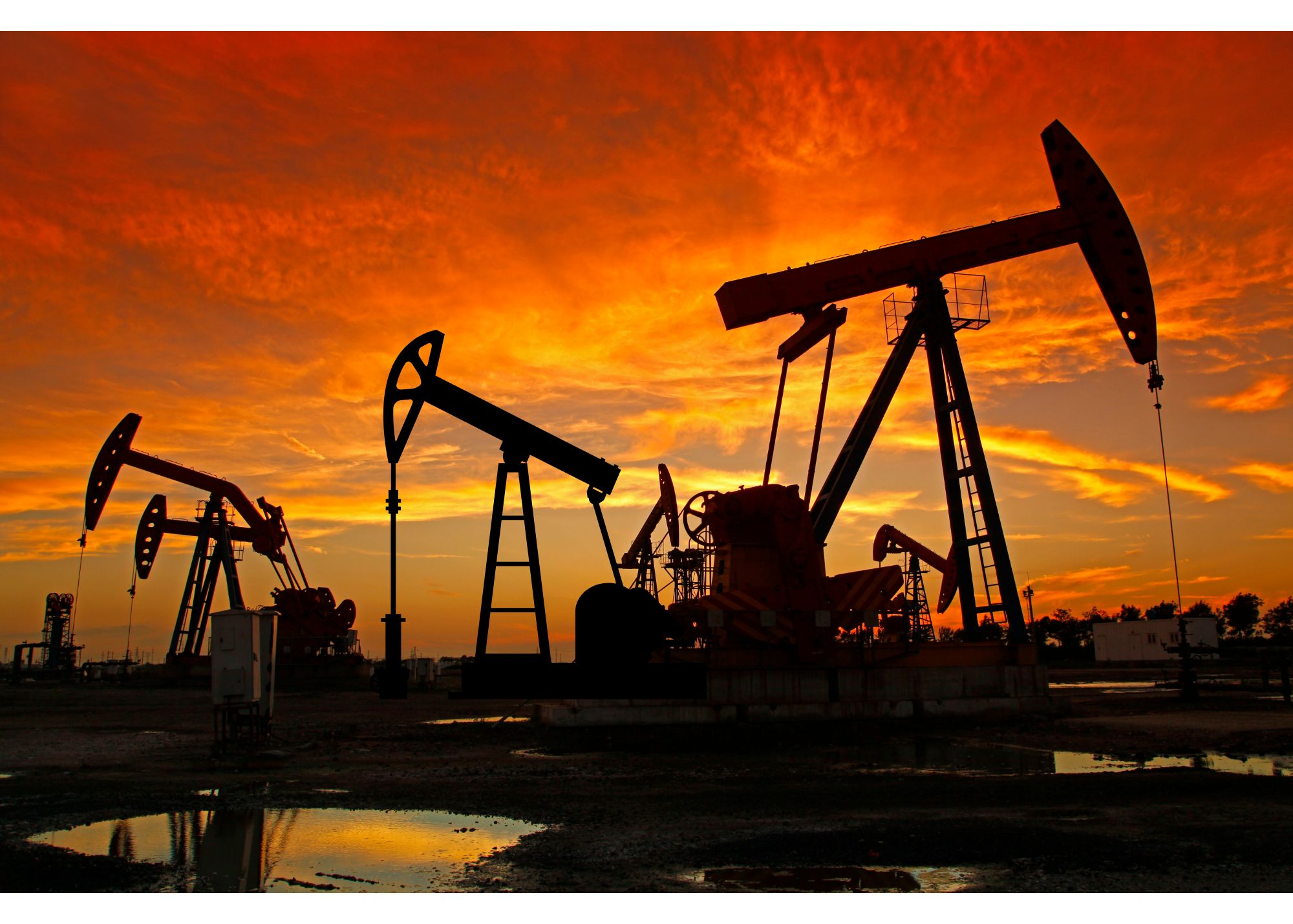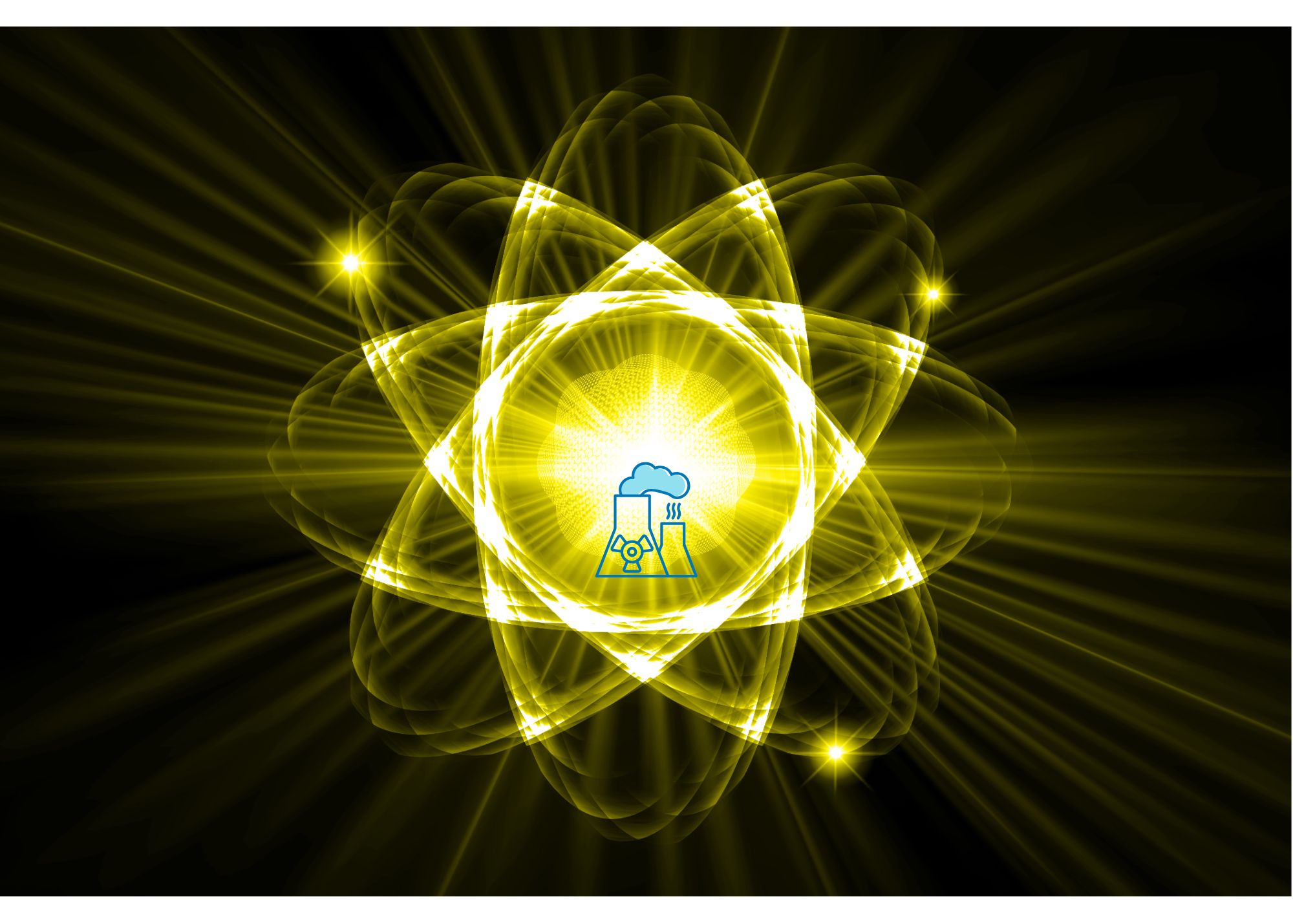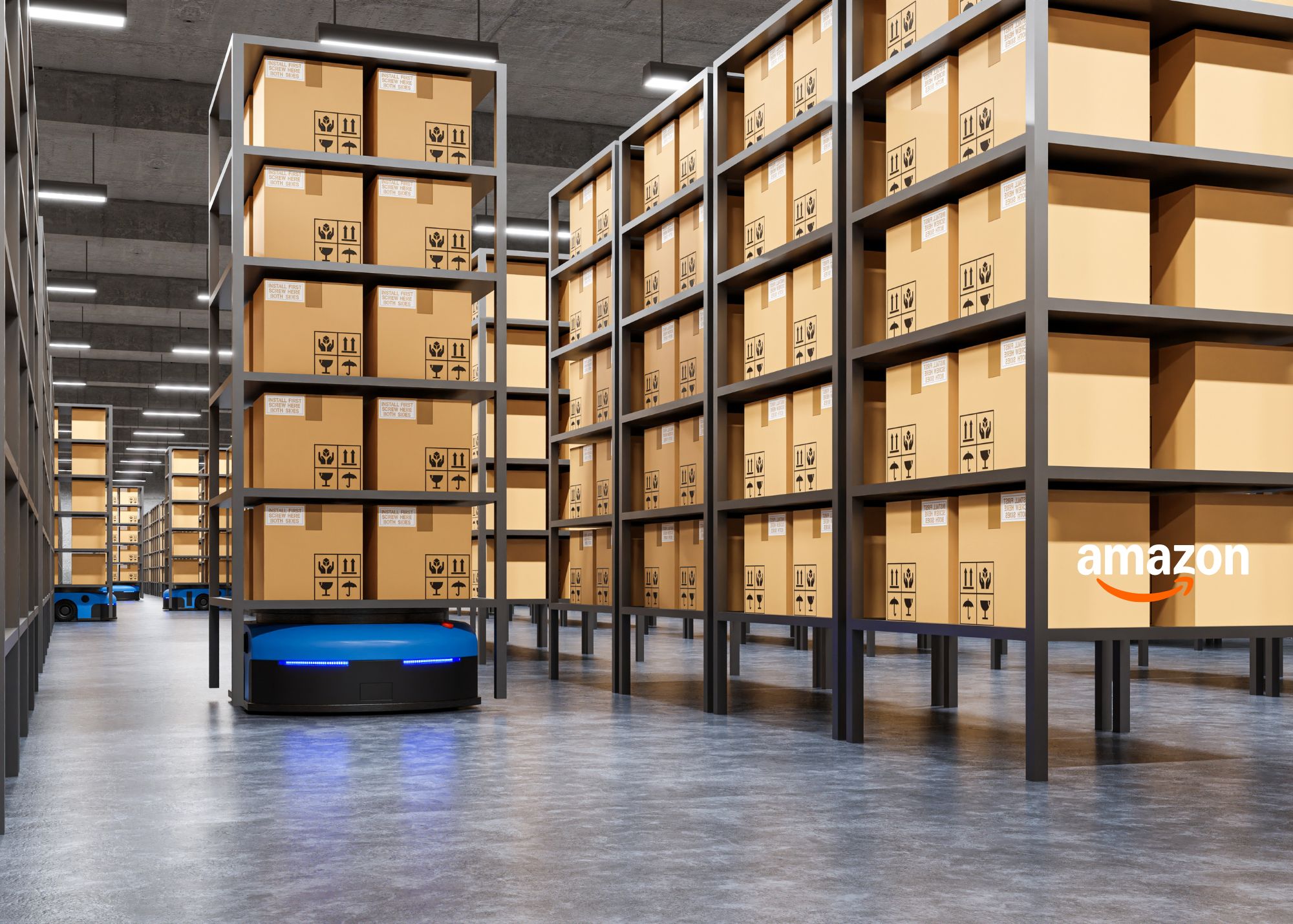Chevron’s Sky High Dividend Yield to Outlast Energy Transition
Chevron isn’t the kind of stock that makes headlines every week. It doesn’t have the flash of a Tesla or the cult following of a Nvidia. But that’s exactly why dividend investors have built fortunes with it. It’s a business you can own, forget about, and still let it steadily build wealth over time.
The question is whether now Chevron is an old relic to be forgotten in a new age or a stock set to thrive as energy demands power AI?
Key Points
-
Global oil demand remains above 100 million barrels per day and isn’t projected to peak until the 2030s, with petrochemicals.
-
Chevron offers a 4.38% dividend yield, well above the market average, and has increased its payout for 38 straight years.
-
With a debt-to-equity ratio of just 0.2x, Chevron has one of the strongest balance sheets in the industry.
Why energy still belongs in a portfolio
Energy often gets a bad rap for being too volatile. Oil and natural gas prices can jump or crash on the back of a geopolitical headline, a hurricane in the Gulf of Mexico, or OPEC deciding to tweak production levels. That volatility spills directly into Chevron’s earnings and share price. It can be a stomach-churning ride for investors.
But here’s what gets overlooked, even in downturns, the world doesn’t stop using oil. Global oil consumption in 2024 was over 100 million barrels per day, nearly back to record highs.
In fact, one less-known fact is that petrochemicals, not cars or planes, are the biggest growth driver for oil use. Everything from plastics to fertilizers relies on hydrocarbons, and that keeps companies like Chevron essential even in a renewable-heavy future.
Chevron’s Dividend Power
Today Chevron’s stock trades at a discount compared to 202-21 highs, largely because oil prices have softened. That weakness has given investors something rare, a rock-solid 4.38% dividend yield, far above the S&P 500’s 1.2% average.
What makes this yield especially attractive is Chevron’s track record. The company has raised its dividend for 38 consecutive years, making it a Dividend Aristocrat in a notoriously cyclical industry. Only ExxonMobil has a longer streak, at 43 years, but Exxon’s payout is lower at 3.5%.
Investors often forget that Chevron’s ability to consistently pay, and raise, its dividend isn’t just luck. Chevron is an integrated energy giant, with upstream (exploration and production), midstream (transport and storage), and downstream (refining and chemicals) operations.
When oil prices fall, refining margins often improve. That natural hedge cushions profits and helps keep the dividend intact.
The balance sheet edge
If there’s one detail most investors miss, it’s Chevron’s pristine balance sheet. The debt-to-equity ratio sits around 0.2x—far lower than industry peers and even below many consumer staples companies.
That financial discipline gives Chevron a unique advantage in downturns because it can borrow cheaply when needed to support the dividend and capital spending, then deleverage quickly when oil prices recover.
History backs this up. After the 2020 oil crash, Chevron resisted slashing its dividend because it had the financial flexibility to ride out the storm. That decision preserved shareholder trust and made Chevron a magnet for income-focused investors.
So, Now What?
Chevron isn’t a flashy growth stock, but that’s the point. It’s a cornerstone holding in the energy sector, an income machine with one of the safest balance sheets in the industry.
At today’s prices, you’re buying not just a 4.38% yield, but nearly four decades of dividend dependability, a diversified energy portfolio, and a company positioned to outlast the transition to renewables.
For patient investors willing to hold through cycles, Chevron offers something rare in the stock market, boring reliability that quietly compounds into real wealth.



